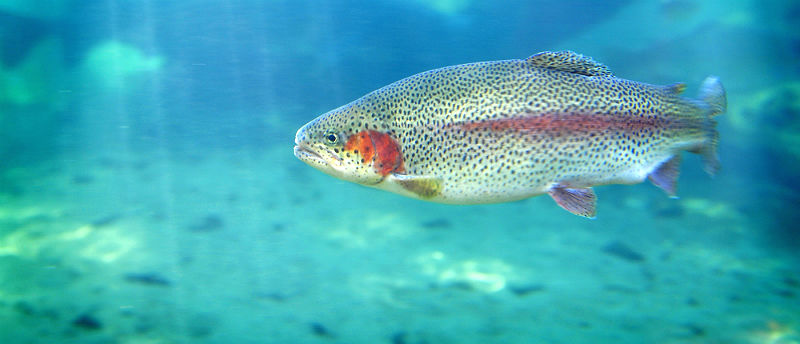Toxic flame retardants in your couch and TV aren’t only bad for your health, these chemicals may also be making salmon sick—that’s what northwest researchers found out in two new studies.
Scientists at the Washington Department of Fish and Wildlife and National Marine Fisheries Service have been studying what happens to young Chinook salmon making their way to the ocean via polluted estuaries. Sandie O’Neill, James West and their colleagues chose five polluted and not-so-polluted river and estuary systems in Washington, and tested juvenile salmon for some likely chemical culprits.
The young salmon tested positive for persistent toxic chemicals including PCBs, flame retardants, and pesticides. PCBs and the flame retardants PBDEs contaminated the fish at the highest concentrations. Disturbingly, in the more polluted estuaries, the chemicals polluted the fish at levels known to cause adverse effects. For example, 75% of the fish collected from the Snohomish River had PBDE levels so high they would be expected to alter thyroid hormone production, and 10 to 75%, of the fish from the Duwamish and Puyallup estuaries, respectively, had PBDE levels expected to increase disease incidence. Previous research has shown that juvenile salmon in contaminated estuaries are much more likely to die before making it to the ocean, and scientists have been working to understand why young salmon are now less likely to survive in Puget Sound than they were in the past.
Meanwhile, their colleague Mary Arkoosh has been working in the lab to find out exactly how PBDEs are affecting juvenile Chinook. In a just-released study, she and her colleagues found that levels of PBDEs typically found in the environment affect the ability of the young fish to fight off infection. Specifically, in exposed fish they found that macrophages, the immune cells that can gobble up bad actors like pathogenic bacteria, were less able to do their job.
Taken together, the new research is strong evidence that these toxic chemicals, used in our furniture and televisions, become a serious factor in the survival of endangered salmon when they pollute our rivers and estuaries. Our own research has found that our washing machines are something of a secret passageway for these chemicals to get from our homes to these waters—the flame retardants hitchhike on our clothes, then come off in our laundry water and are discharged from sewage treatment plants into waterways.
New uses of PBDEs have largely been phased out in the U.S., but this story is a cautionary tale of the serious harm that can occur when toxics take up residence in our home products. What goes in our furniture and TVs goes into our waters. To keep our young salmon from getting sick and dying young, policymakers need to take action to keep the toxics out of the products in the first place.





